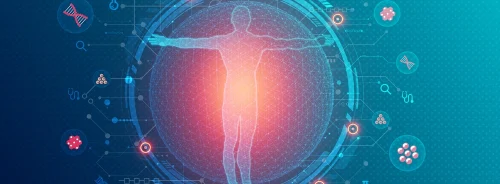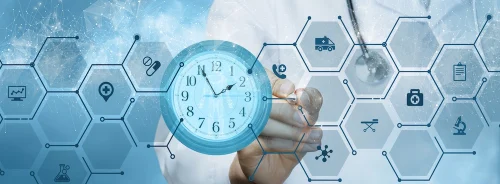Researchers at Johns Hopkins Medicine have identified a potential alternative, less-invasive method for measuring intracranial pressure (ICP) in patients. The research is published in Computers in Biology and Medicine.
ICP can abnormally increase due to conditions such as acute brain injury, stroke, or cerebrospinal fluid flow obstruction, leading to symptoms like headaches, blurred vision, vomiting, behavioural changes, and decreased consciousness. Monitoring ICP is crucial for at-risk patients. However, the current standard methods, including external ventricular drains (EVD) and intraparenchymal brain monitors (IPM), are highly invasive and require drilling through the skull to place monitoring devices in the brain tissue.
ICP is universally accepted as a critical vital sign. There is an imperative need to measure and treat ICP in patients with serious neurological disorders, yet the current standard for ICP measurement is invasive, risky, and resource-intensive.
In this study, researchers explore a novel approach leveraging artificial intelligence. This could represent a viable noninvasive alternative ICP assessment method.
EVD procedures carry risks such as catheter misplacement, infection, and haemorrhage, occurring at 15.3%, 5.8%, and 12.1%, respectively. Additionally, EVD and IPM procedures require surgical expertise and specialised equipment, which are not always available, highlighting the need for an alternative ICP monitoring method.
The interdisciplinary team at Johns Hopkins University School of Medicine hypothesised that severe brain injuries and elevated ICP are linked to pathological changes in systemic cardiocirculatory function due to central autonomic nervous system dysregulation. This hypothesis suggests extracranial physiological waveforms could provide insights into brain activity and ICP severity.
In their study, the team explored the relationship between the ICP waveform and three physiological waveforms routinely captured in the ICU: invasive arterial blood pressure (ABP), photoplethysmography (PPG), and electrocardiography (ECG). They used ABP, PPG, and ECG data to train and test various deep learning algorithms, achieving accuracy in determining ICP that rivals or exceeds current methods.
These findings suggest a novel, noninvasive approach to monitoring ICP in patients. With validation, physiology-based AI solutions, such as the one used here, could significantly expand the proportion of patients and healthcare settings in which ICP monitoring and management can be delivered.
Source: Johns Hopkins Medicine
Image Credit: iStock
References:
Nair SS, Gut A, Boen J et al. (2024) A deep learning approach for generating intracranial pressure waveforms from extracranial signals routinely measured in the intensive care unit. Computers in Biology and Medicine.






